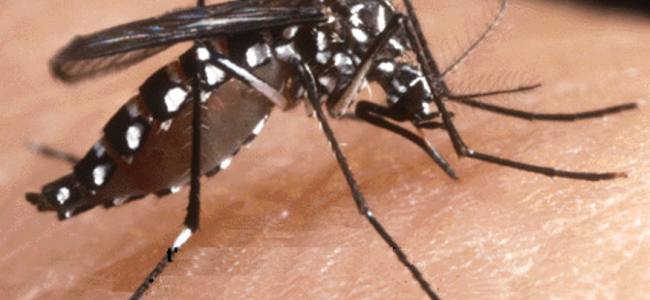
Dengue fever: symptoms, contagion and treatment
Dengue fever is a tropical viral disease transmitted by mosquitoes mainly in South-East Asia and the western Pacific islands
For some years now, cases of dengue have been occurring, by importation, here too.
This triggers regional and municipal protocols to defend against contagion.
Dengue fever: contagion
Dengue fever is transmitted through the bite of infected mosquitoes of the Aedes genus (the same genus that also transmits the Chkungunya, Zika and yellow fever viruses).
It is a flu-like illness that affects infants, children and adults with symptoms appearing 3-14 days after the infecting bite.
Dengue fever is caused by four very similar viruses (Den-1, Den-2, Den-3 and Den-4) and is transmitted to humans exclusively by the bites of mosquitoes that have themselves bitten an infected person.
There is therefore no direct contagion between humans, although humans are the main vehicle.
The virus circulates in the blood of the infected person for 2-7 days, during which time the mosquito can pick it up and transmit it to others.
Dengue has been known for more than two centuries, explains the lead from the Istituto Superiore di Sanità, and is particularly present during and after the rainy season in the tropical and subtropical areas of Africa, South-East Asia and China, India, the Middle East, Latin and Central America, Australia and various parts of the Pacific.
In recent decades, the spread of dengue has increased.
In the countries of the northern hemisphere, particularly in Europe, it mainly manifests itself as an imported disease, the increase in which is due to the increased frequency of movement of goods and people.
Worldwide, the incidence of dengue, says the Ministry of Health, has increased 30-fold in the last 50 years.
There are currently an estimated 50-100 million infections each year in over 100 endemic countries, putting almost half of the world’s population at risk of infection.
Symptoms of Dengue Fever
Generally, the disease gives rise to even very high fever within 5-6 days of the mosquito bite.
The fever is accompanied by acute headaches, pain around and behind the eyes, severe muscle and joint pain, nausea and vomiting, and skin irritations that can appear on most of the body 3-4 days after the onset of fever.
Typical symptoms are often absent in children.
Diagnosis is normally made on the basis of symptoms, but can be more accurate by searching for the virus or specific antibodies in blood samples.
Dengue fever: how to treat it
There is no specific treatment for dengue, and in most cases people recover completely within two weeks.
In order to make an early recovery, absolute rest is important, and medication can be taken to lower the temperature.
Drinking water to combat dehydration is recommended.
In some cases, tiredness and depression may persist for several weeks.
The disease can also develop in the form of haemorrhagic fever – by this expression it was known in the past – with haemorrhages in different parts of the body that can cause actual collapses and, in rare cases, prove fatal.
However, knowledge of the disease has increased in recent years and vaccines are currently being studied, although contracting dengue only protects the person against the specific virus that caused it but not against the other three viral strains.
Read Also:
Emergency Live Even More…Live: Download The New Free App Of Your Newspaper For IOS And Android
First Malaria Vaccine Approved By WHO
Malaria, High Hopes From Burkinabe Vaccine: Efficacy In 77% Of Cases After Tests
Emergency Extreme: Fighting Malaria Outbreaks With Drones
India, Dengue Epidemic: 67 People Dead In Uttar Pradesh
Malaria: Transmission, Symptoms And Treatment


